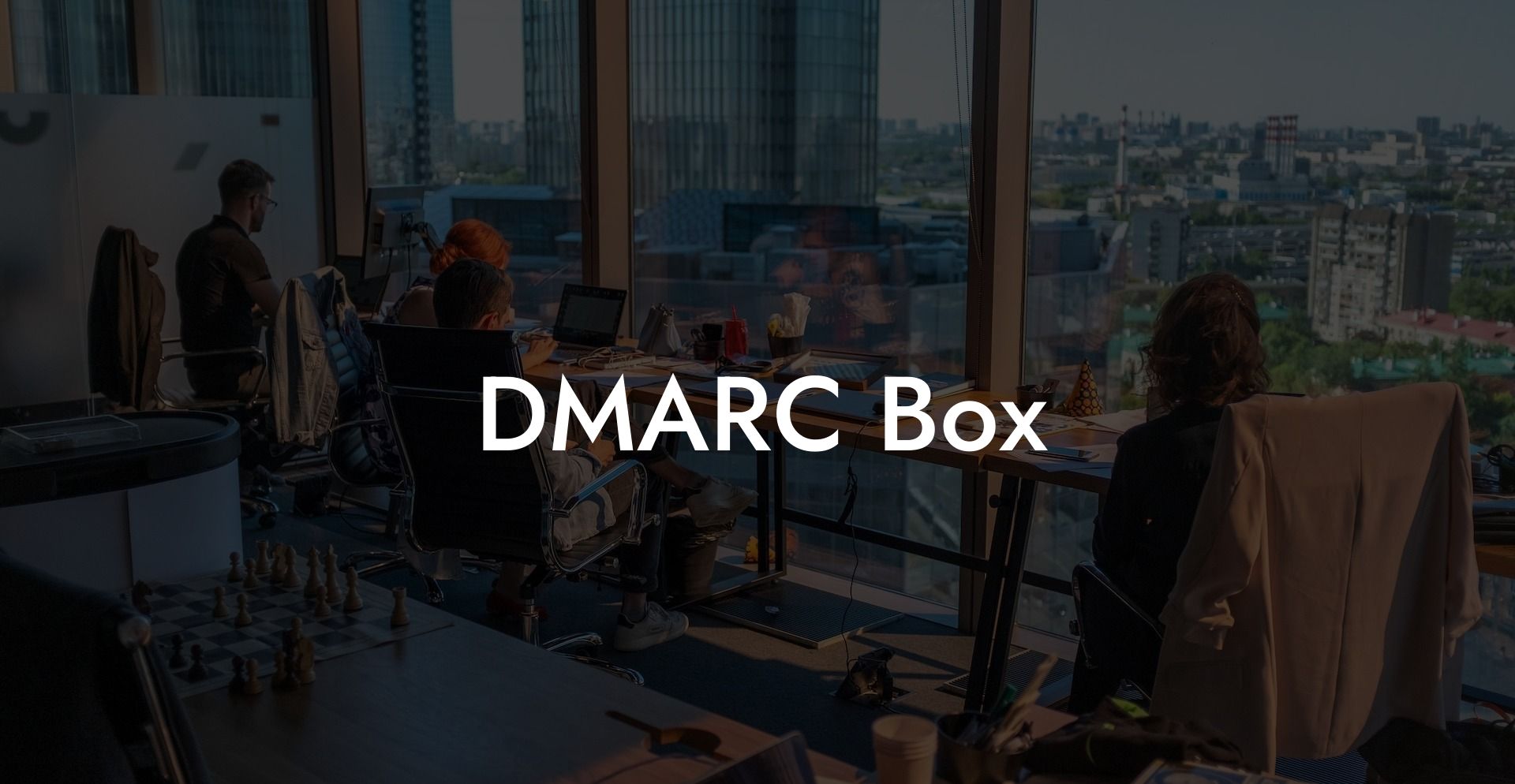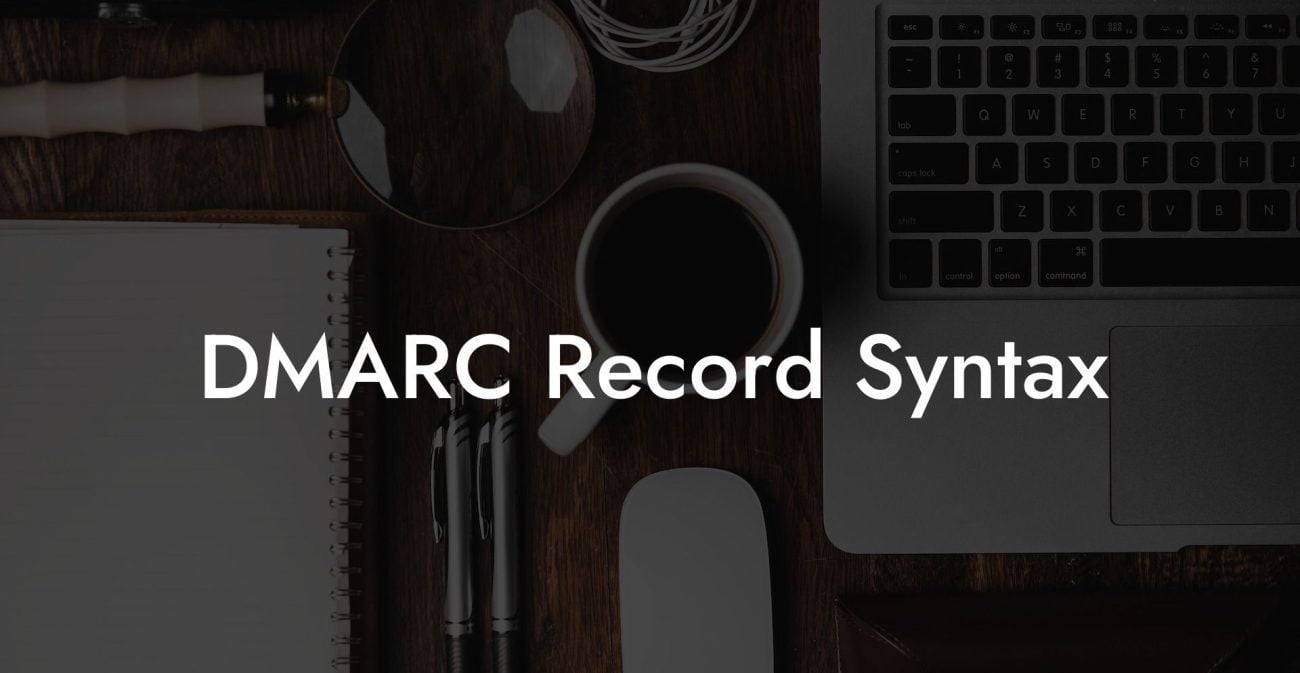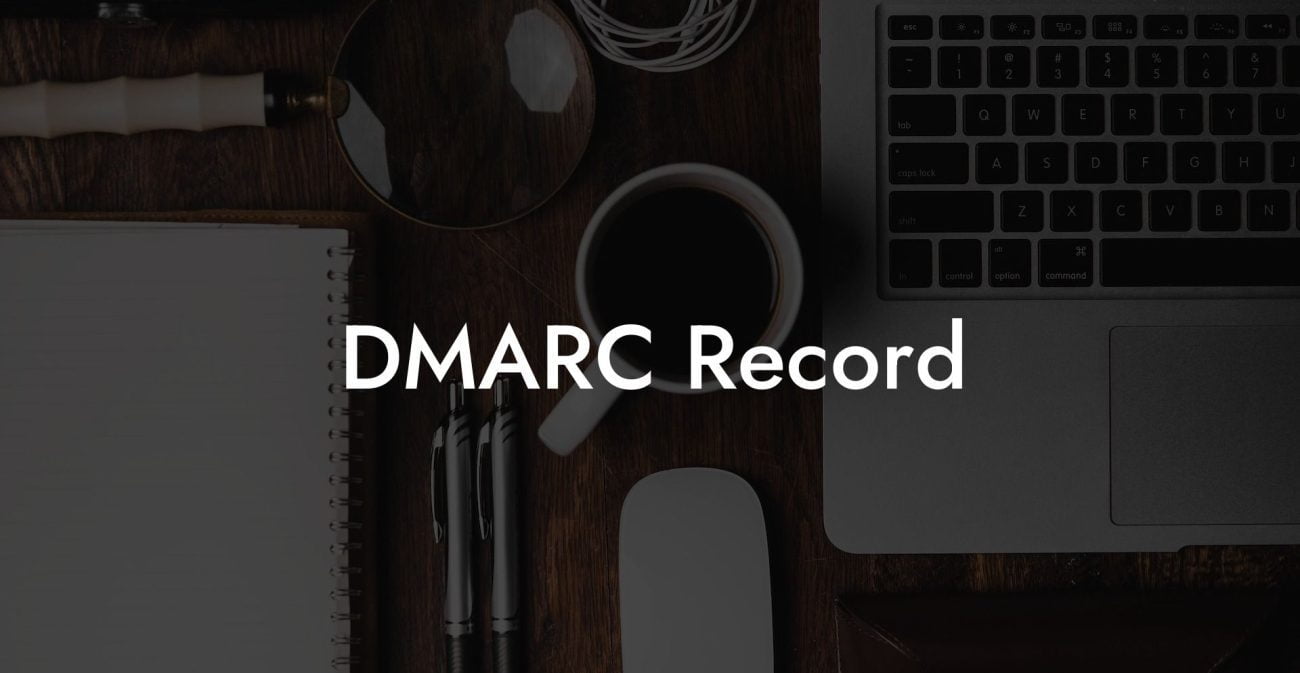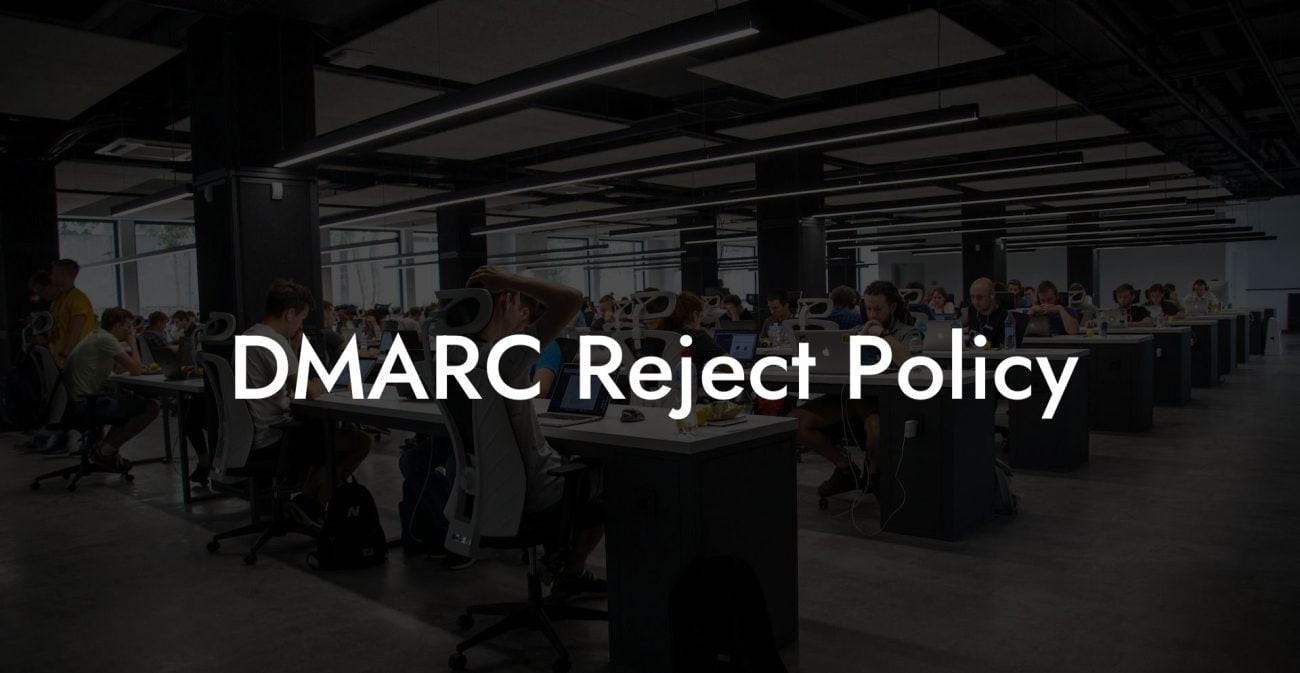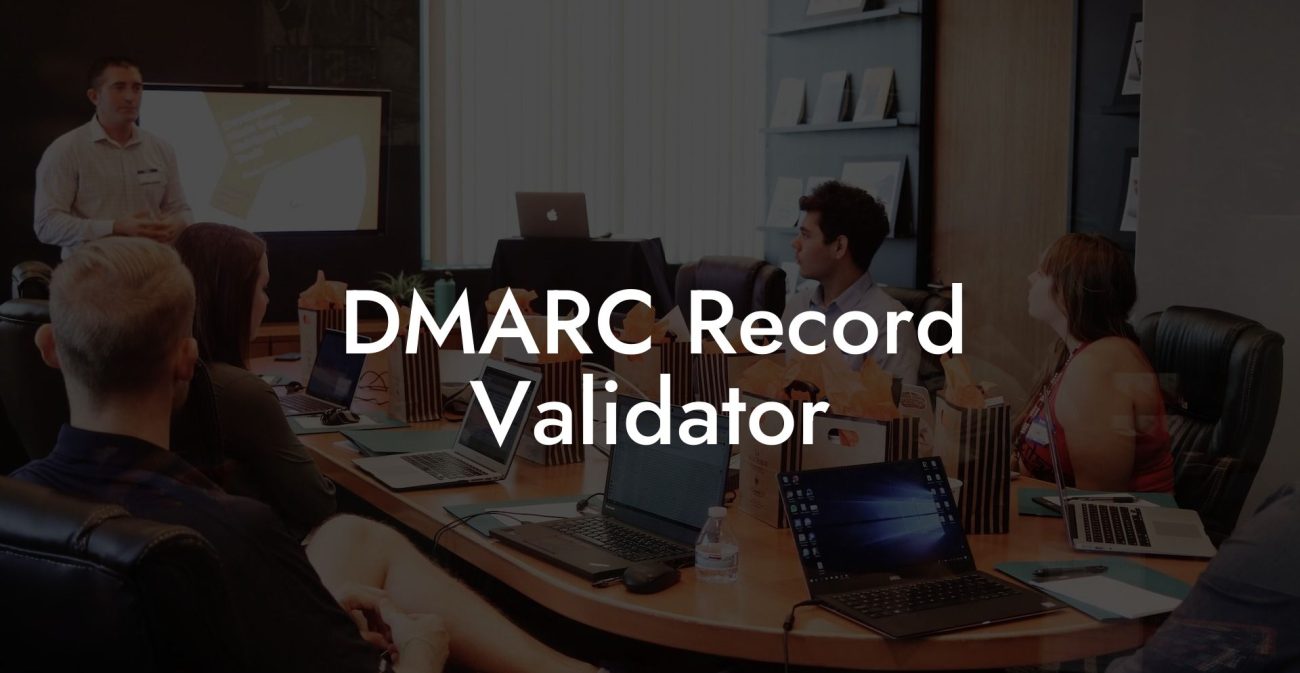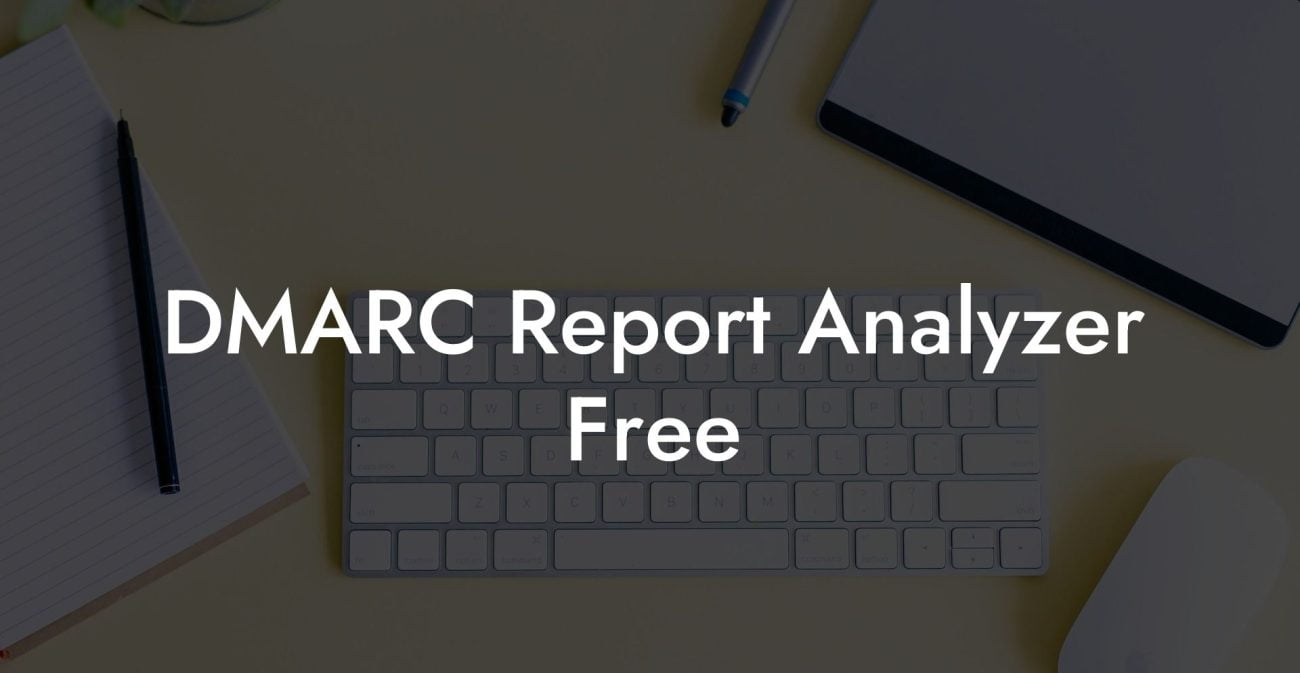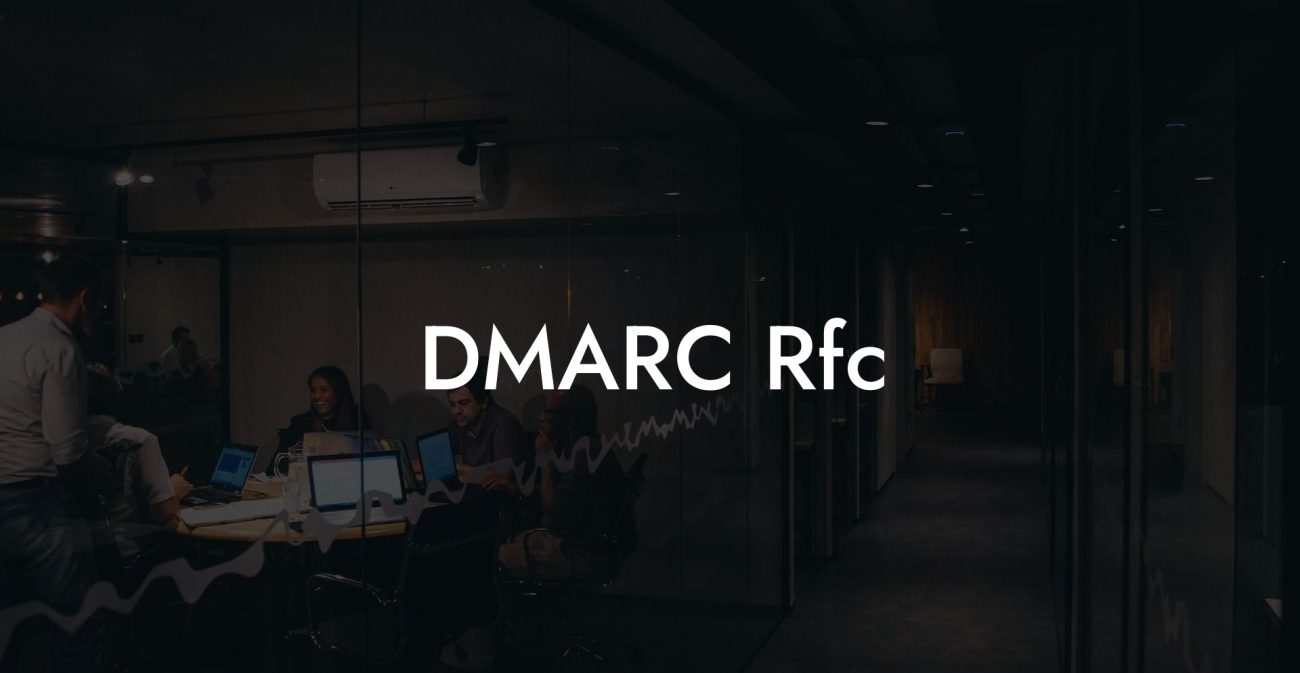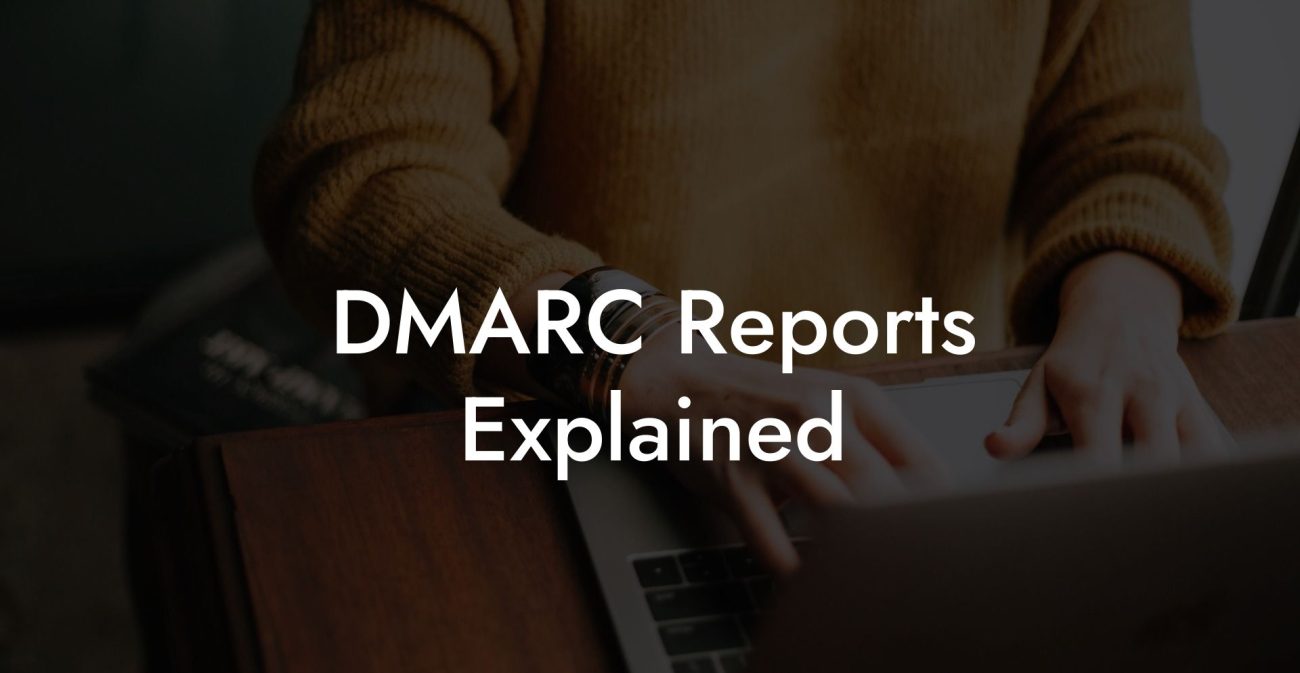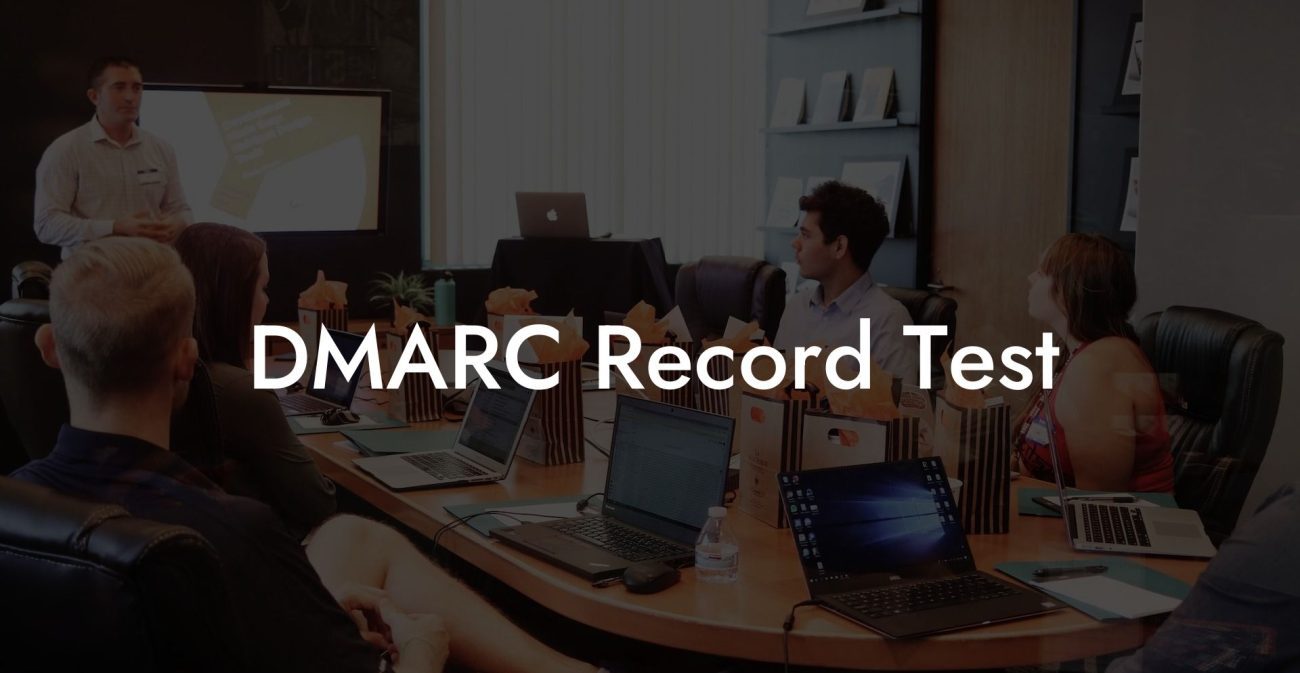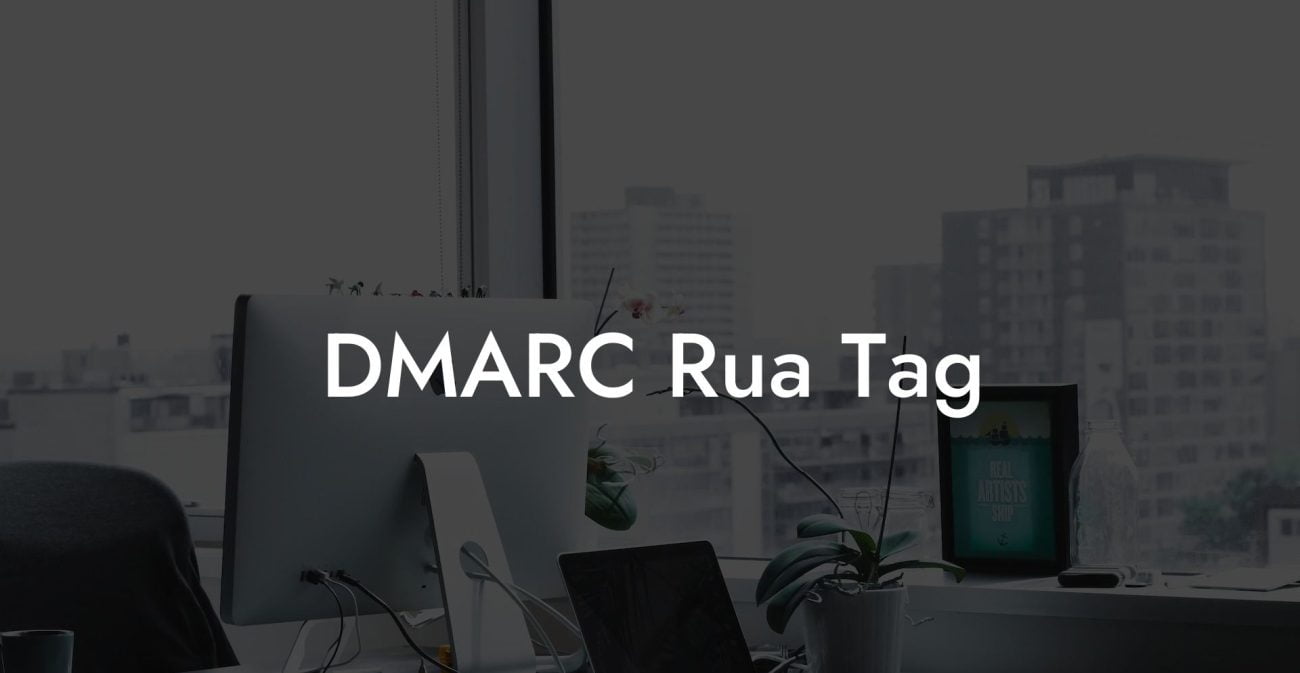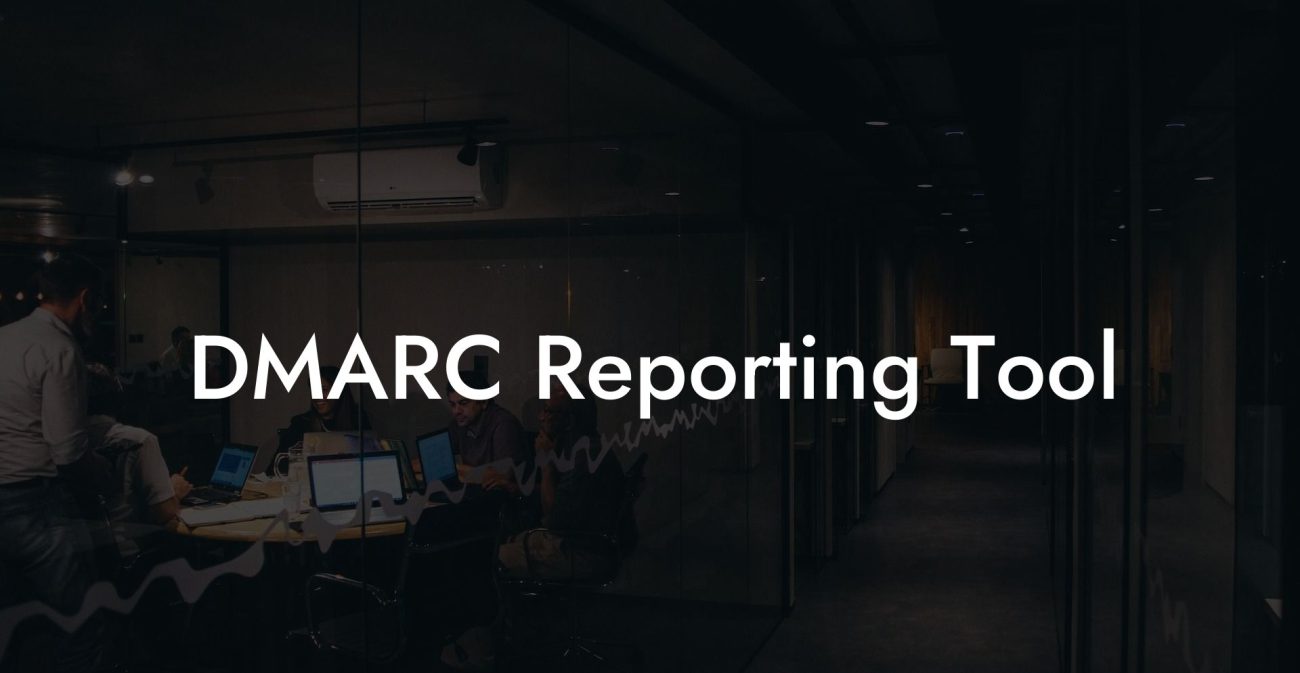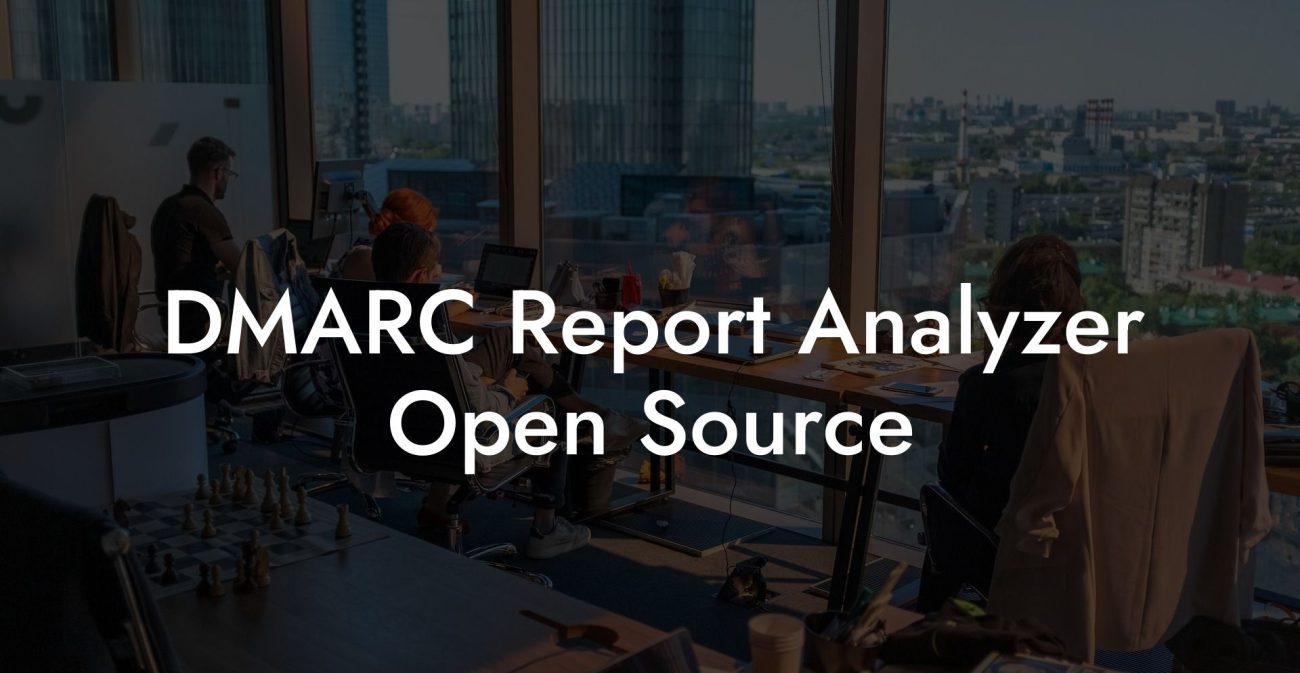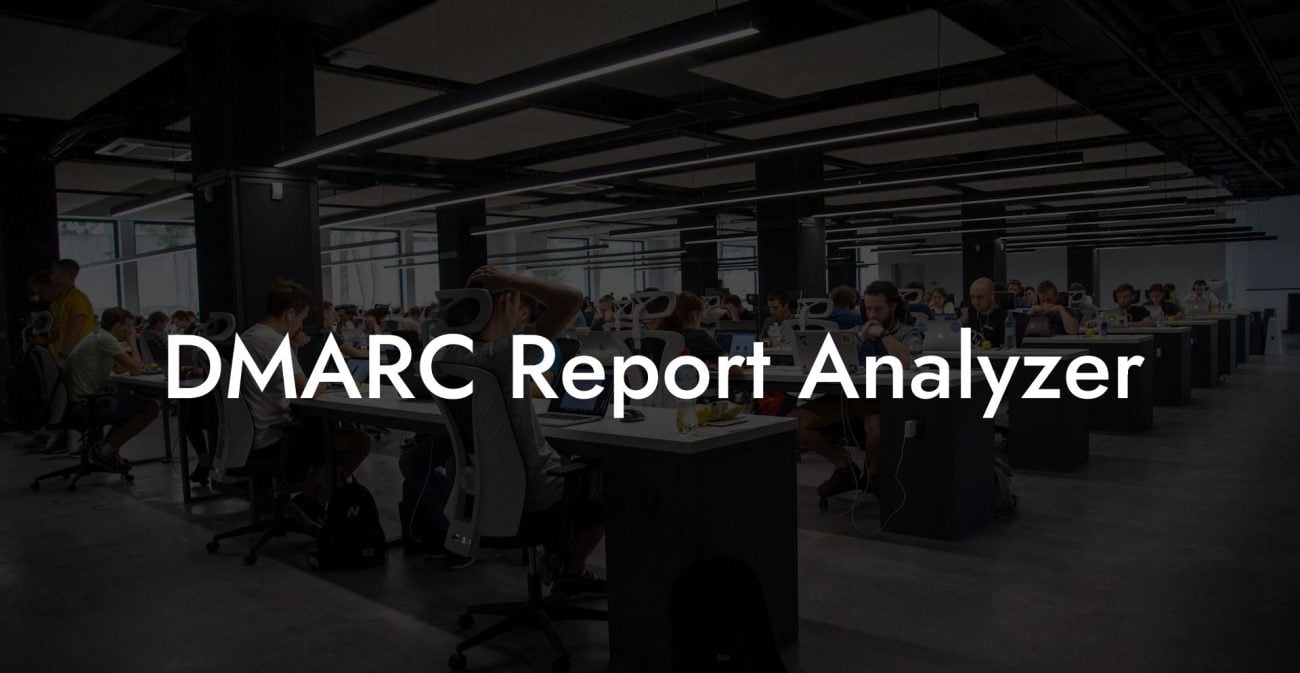With cybercrime growing at an alarming rate and businesses facing the brunt of these attacks, the need for effective email security strategies has become paramount. One such significant anti-phishing protocol is DMARC. In this blog post, we'll delve into the world of DMARC, exploring how it works, its benefits, and providing you with a realistic example to illustrate its application. So buckle up, and let's dive deep into the DMARC box.
What is DMARC?
DMARC (Domain-based Message Authentication, Reporting, and Conformance) is an email authentication protocol designed to protect domain owners from email spoofing and phishing attacks. By creating a link between the sender's domain and the email message, DMARC helps prevent unauthorized parties from using your domain to send fraudulent emails. It also provides quick reporting on any attempted abuse, allowing for swifter action to mitigate the risk.
Components of DMARC
1. SPF (Sender Policy Framework)
Protect Your Data Today With a Secure Password Manager. Our Top Password Managers:
The SPF standard allows domain owners to create a 'whitelist' of authorized IP addresses or senders, which can send emails using their domain name. Recipient mail servers then check the source IP of the incoming mail against the list and determine whether the sender is legitimate or not.
2. DKIM (DomainKeys Identified Mail)
DKIM is a way to “sign” emails cryptographically by attaching a digital signature to each outgoing message. This approach verifies that the email has not been tampered with during transit and is genuinely originating from the specified domain.
3. DMARC Policy
Domain owners define a DMARC policy that dictates how recipient mail servers should handle unauthenticated mail. The policy includes observing the email, quarantining it, or rejecting it completely.
Setting up DMARC
To set up DMARC for your domain, follow these steps:
1. Ensure your domain has proper SPF and DKIM records configured.
2. Craft your DMARC policy specifying the handling of unauthenticated emails, reporting format, and other parameters.
3. Publish your DMARC policy by adding it as a TXT record in your domain's DNS configuration.
Once implemented, the recipient mail servers will receive the DMARC policy whenever they encounter an email from your domain, assess the email's authentication as per the policy, and send appropriate reports.
Benefits of DMARC
- Protection from spoofing: As DMARC verifies the authenticity of the sender's domain, it prevents unauthorized use of your domain, protecting your brand and customers.
- Email deliverability enhancement: When you use DMARC, recipient mail servers recognize your domain as a legitimate sender, increasing the likelihood that your messages will reach your recipients' inboxes.
- Visibility and monitoring: DMARC offers valuable insights into your email ecosystem, helping you understand who is sending emails on your behalf and take appropriate action against any impersonators.
- Improved cybersecurity: By cutting down fraudulent emails, DMARC enhances overall cybersecurity for your organization and its email recipients.
DMARC Box Example:
Imagine you run a successful online store, and cybercriminals decide to target your customers by sending them phishing emails posing as your company. They create a seemingly genuine email from your domain, asking the recipients to update their payment information through a fraudulent link.
With DMARC implemented appropriately, the recipient's mail server checks the SPF and DKIM records, finds discrepancies in the email's authentication, and recognizes the email as fraudulent. As per your DMARC policy, the mail server either quarantines or rejects the email, keeping your customers safe, and maintaining the integrity of your brand.
Now that you have a comprehensive understanding of the DMARC box and its importance in the current cybersecurity landscape, you can better protect your organization from email-based cyber threats. Remember, implementing DMARC is not a one-time task but an ongoing commitment to securing your domain. So, be vigilant, stay informed, and keep your DMARC policies up-to-date.
With the wealth of information and resources available on Voice Phishing, there's no better time to dive into the world of cybersecurity and protect your brand. If you found this guide helpful, please share it with others and explore more of our informative guides on Voice Phishing to further bolster your cybersecurity strategy.
Protect Your Data Today With a Secure Password Manager. Our Top Password Managers:

